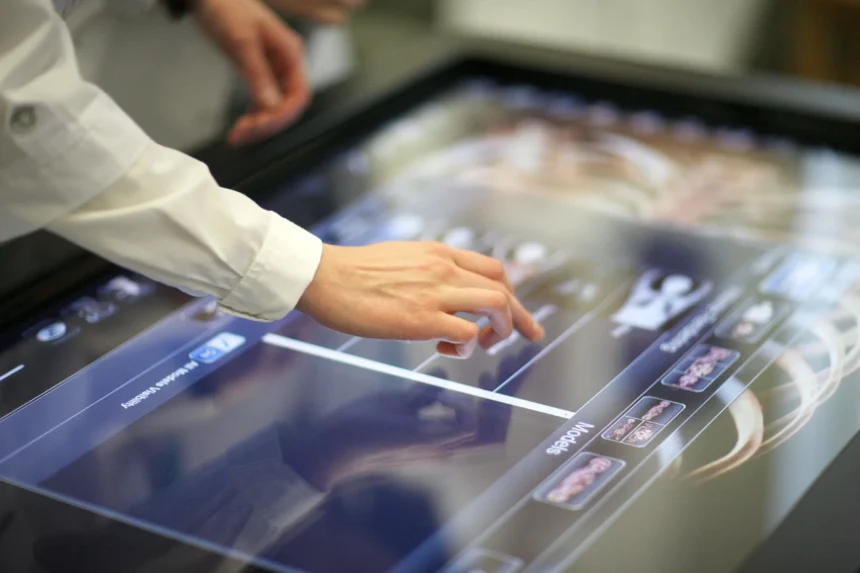Critically important in healthcare
Pathology is a branch of medical science involving the study of various diseases and diagnoses. Individuals who work in pathology research aim to understand the traits, causes and effects of a wide variety of diseases by closely examining body fluids, tissues and cells. Pathology can now provide a definitive diagnosis for a range of cancers, disorders and diseases, providing individuals with a far greater advantage when beginning treatment due to an accurate diagnosis. Beyond initial diagnosis, pathology provides crucial information for research and development, disease monitoring and the wider public health due to how pathology can aid in tracking infectious diseases.
State-of-the-art pathology services are more widely available than ever before, such as the work done at London-based diagnostic labs such as Salient.bio.
Technology and medicine
The practice of pathology is advancing every year and shows no signs of slowing. Technological advancement is set to play a huge role in the evolution of pathology, potentially further increasing accuracy, accessibility and efficiency. We’re going to explore some of the ways advancement may change and improve pathology.
Advanced pathology
There are a number of key trends and innovations shaping the world of pathology. Below, we’re going to take a closer look at some of the ways that pathology is advancing, and what the future may hold for the medical practice.
Machine learning and AI
AI is set to revolutionise the medical sector, as well as the wider world. Specifically when it comes to pathology, AI can be used to great effect in automation. Algorithms can be created to spot specific diseases and conditions in histopathological images, further increasing efficiency and time of diagnosis and reducing the risk of human error. AI can also provide measurements and counts at great speed and accuracy in what is known as “quantitative analysis”. Artificial intelligence is also incredibly important when it comes to research and prediction, as it is able to potentially predict a disease advancement or progression, providing a further advantage in planning accurate treatment.
Digital pathology and WSI
The recent adoption of WSI (whole slide imaging) is slowly transforming the traditional glass slide into a digital one. Using digital cameras to image a slide digitally presents a number of advantages, including the ease of storage of the pathology information, the ability to incorporate remote correspondence and telepathology, and far easier access for older data, to be used in comparative analysis and research. The reduced need for conventional equipment or laboratory space, the potential reduction in patient wait times, the reduced cost for both handling samples and consultations, and the potential for simply faster treatment all show that digital pathology is here to stay.
Advanced imaging techniques
The steady and continual advancement of imaging techniques are improving our ability to detect and diagnose diseases and disorders. One such technique is Multiphoton Microscopy (MPN). This practice uses two or more lower energy photons to excite a flurophore, reducing potential photo-damage and allowing deeper penetration into the tissue for a more accurate and detailed image. Confocal microscopy is a technique using spacial pinholes to illuminate out-of-focus light, allowing for incredibly high contrast and high resolution images of cell and tissue architecture. Other techniques such as STORM (Stochastic Optical Reconstruction Microscopy) and PALM (Photoactivated Localization Microscopy) actually surpass the refractive limit of light, providing information about structures at the nanometre scale.
These are just a few of the ways that technological and medicinal advancements continue to push the limit of our understanding and ability to diagnose and treat conditions and diseases.


